IIT Alumnus Quits US Job to Start Dairy Farm in Hyderabad, Earns Rs 44 Crore
Kishore Indukuri quit his job at Intel in the US and returned to rural India to start Sid's Farm. Named after his son, the dairy farm in Hyderabad has scaled up its operations through word-of-mouth.
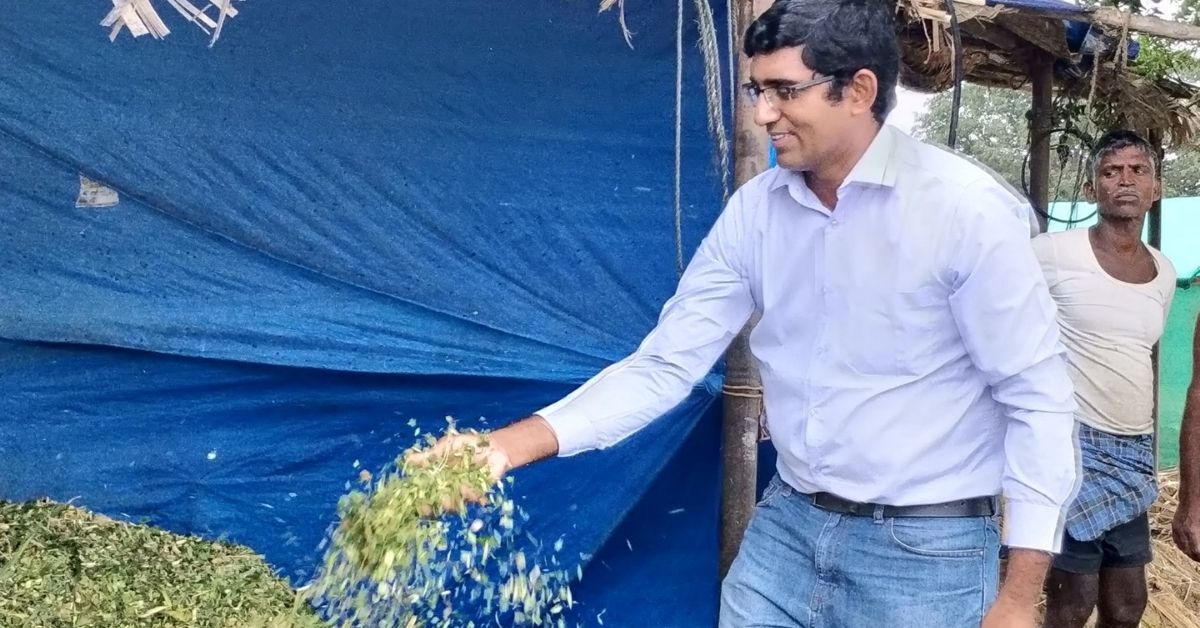
Kishore Indukuri knows that the dreams that keep you up at night are the ones worth fighting for. His dream of a better life took him from a career in Intel in the US to rural India, where he started his dairy farm. From near bankruptcy to a revenue of Rs 44 crores, Kishore’s dreams were anything but ordinary.
“It has been quite a journey,” says the 42-year-old, whose academic and career graph is an aspirational one — an IIT-Kharagpur alumnus who went on to do his Masters and PhD in Polymer Science and Engineering from the University of Massachusetts, Amherst.
Sometimes all you need is a blank slate
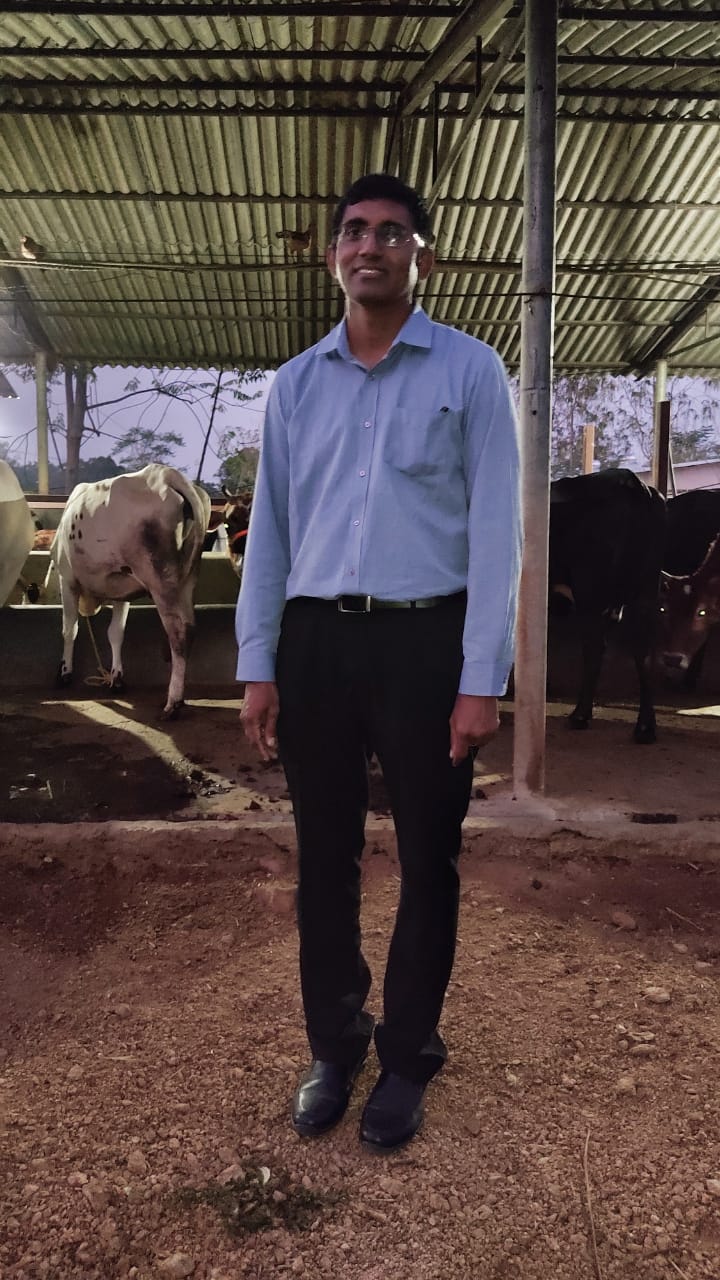
“Getting admission into IIT Kharagpur was a dream come true. Not just for me, but everyone in my family,” he tells The Better India.
Kishore reminisces about the time when he would either stay up late studying or wake up early in the morning. He says, “My mother would sit right beside me, no matter what time it was, just to be supportive.”
Education, he says, played a very pivotal role in his childhood. “For us, coming from a middle-class family, hard work and having a good academic background was the key to success. Knowing that fully well, I worked very hard,” he says.
After graduation, as everyone was applying to the US for further studies, Kishore too applied and went to the States in August 2000.
Besides the regular college courses, he kept taking up extra credits, and after he completed his course, he was offered a job with Intel in Arizona where he spent close to six years. “I got to travel outside the US to South Korea, Canada and Japan, where I learnt the importance of quality control,” he adds.
However, Kishore says that every time he visited India, he felt pulled towards agriculture.
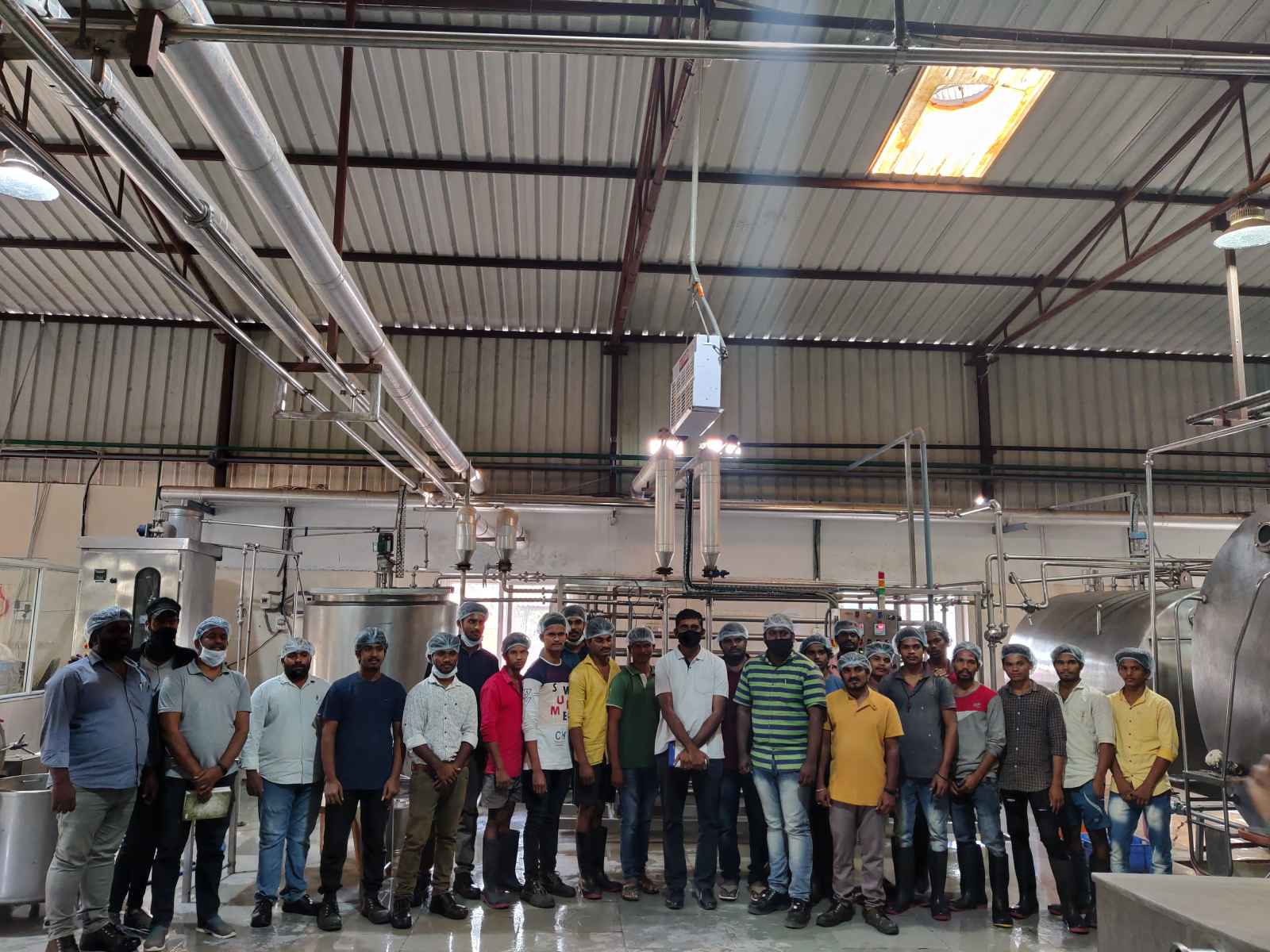
So in 2012, he decided to move back to Hyderabad and become an agriculturist. “While my father is a mechanical engineer by profession, he did enjoy working in the field as well. My father-in-law, on the other hand, was into pomegranate farming. I knew nothing about agriculture and in hindsight that was a good thing,” he says. Kishore adds here that if he knew what it took to be an agriculturist at the time of deciding to take the plunge, he might have not done it.
“I was like a blank slate when I started out and that I feel was the biggest plus on my side,” he says. Kishore describes the work as ‘back breaking’ but one that truly satisfies the soul. “Being able to sit on your farm and watch everything that you have worked for bloom, fruit and flower is a feeling that is unparalleled.”
Kishore started with contract farming in Karnataka but quickly changed paths. It was on learning about dairy farming from the farmers in the outskirts of Hyderabad that he leased some land there and started over with another blank slate. “The farmers in the area all had about 5 to 7 cows and I felt that there was a potential in dairy farming,” he says.
It’s all about picking the right cow
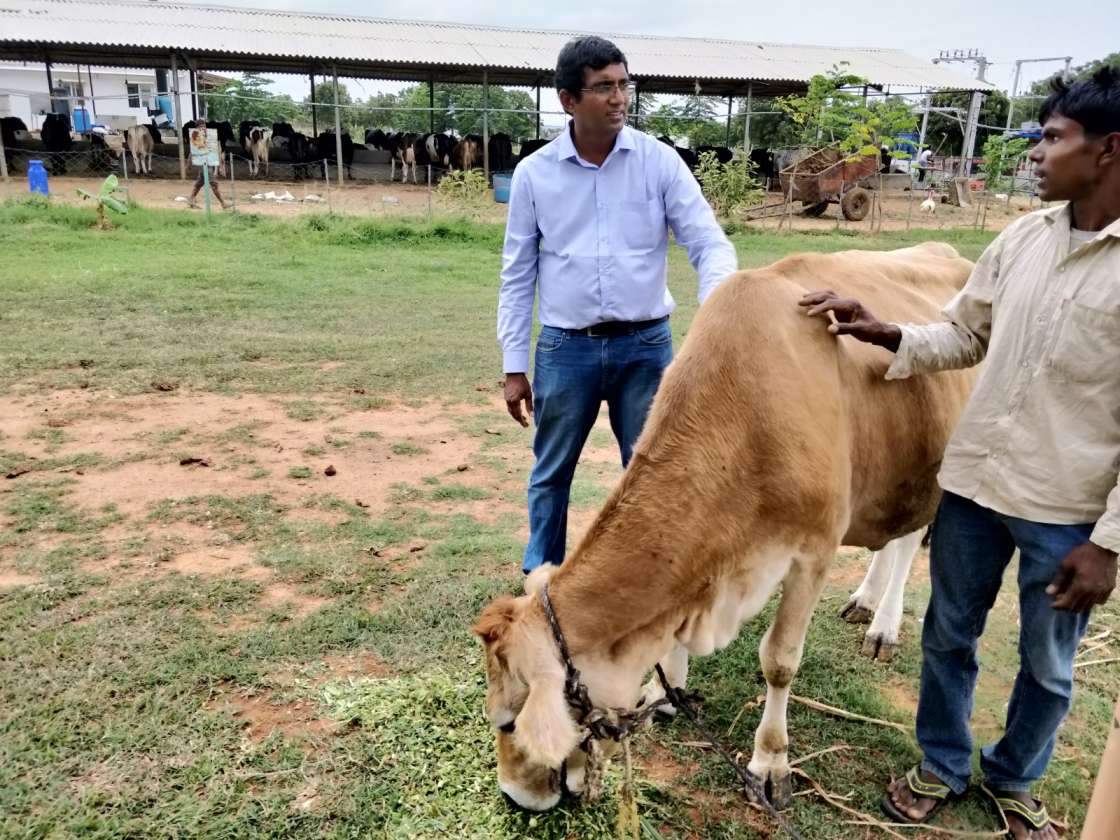
In 2012, with a total of 20 cows and an investment of Rs 1 crore, Kishore took a leap of faith and started Sid’s Farm—named after his son, Siddharth—a dairy focused on providing farm-fresh milk to consumers at their doorstep. He had to learn on the job, and one of the main jobs for a dairy farmer is buying the right cattle. This, he says, can either make or break the farm.
“There is so much to picking a cow. I did not have any idea how to go about it. So, here I was reading books and doing research on how to pick a good one when Dr Ravi [the vet who took care of the cattle] told me to look at the beauty of the cow before picking them,” he says.
With every step he took, he felt like he was getting a small glimpse into what dairy farming entailed.
By 2014, Kishore was nearly broke as all his savings had been utilised to set up the farm. Sid’s Farm had close to 60 cows, with each one costing about Rs 60,000.
“For almost a year since we started, we were supplying milk to a larger dairy and trying to figure out the best model for us,” he says. It was only after a year of running the farm as a milk supplier that Kishore sold the first packet of milk directly to a customer. He adds, “After we started delivering to the customer directly, we realised what it was like to be in the dairy farming business. The learning curve started all over again.”
Milking Rs 44 crore annually

“Milk needs to reach the customer’s home well before 6.30 am. For that, the team would start work at 4 am and spend close to an hour milking the cows. The milk would then be packed and loaded into auto-rickshaws, ready for dispatch. As we grew, we started waking up earlier till there was a point when we started the process at 2.30 am,” he says.
This gruelling routine went on for more than a year, with the process being repeated in the evening for those customers who opted for evening deliveries. “This job is such that there is no scope of taking even a day off. We continued this routine, without fail for 365 days,” he says.
In the beginning, the marketing was all done by Kishore, who recollects spending many weekends at various communities in Hyderabad. “I would sit in these communities, hand out flyers and wait for people to come up and ask me about the milk,” he says.
Soon, from 10 customers their operations grew to selling 300 litres of milk over one year. Today, Sid’s Farm has over 70 cows and tie-ups with 1,500 dairy farmers that produce close to 20,000 litres of milk every day, catering to over 10,000 customers, resulting in an annual turnover of Rs 44 crores.
Today, Sid’s Farm employs 50 people in the city and another 40 people in rural areas. In addition, the brand hires about 150 part-time delivery partners.

Speaking about the customers, Kishore says, “The trust we have built is what gives me the confidence in this business. Even today, if I need to bounce some ideas, discuss pricing, I make sure to reach out to the customers and get their inputs.”
Until the pandemic struck, customers were invited to the farm over the weekends to check on how the cows were milked, the technique used to grow the grass and various other milk testing techniques. “The idea is to run a transparent dairy farm,” he asserts.
Testing protocols
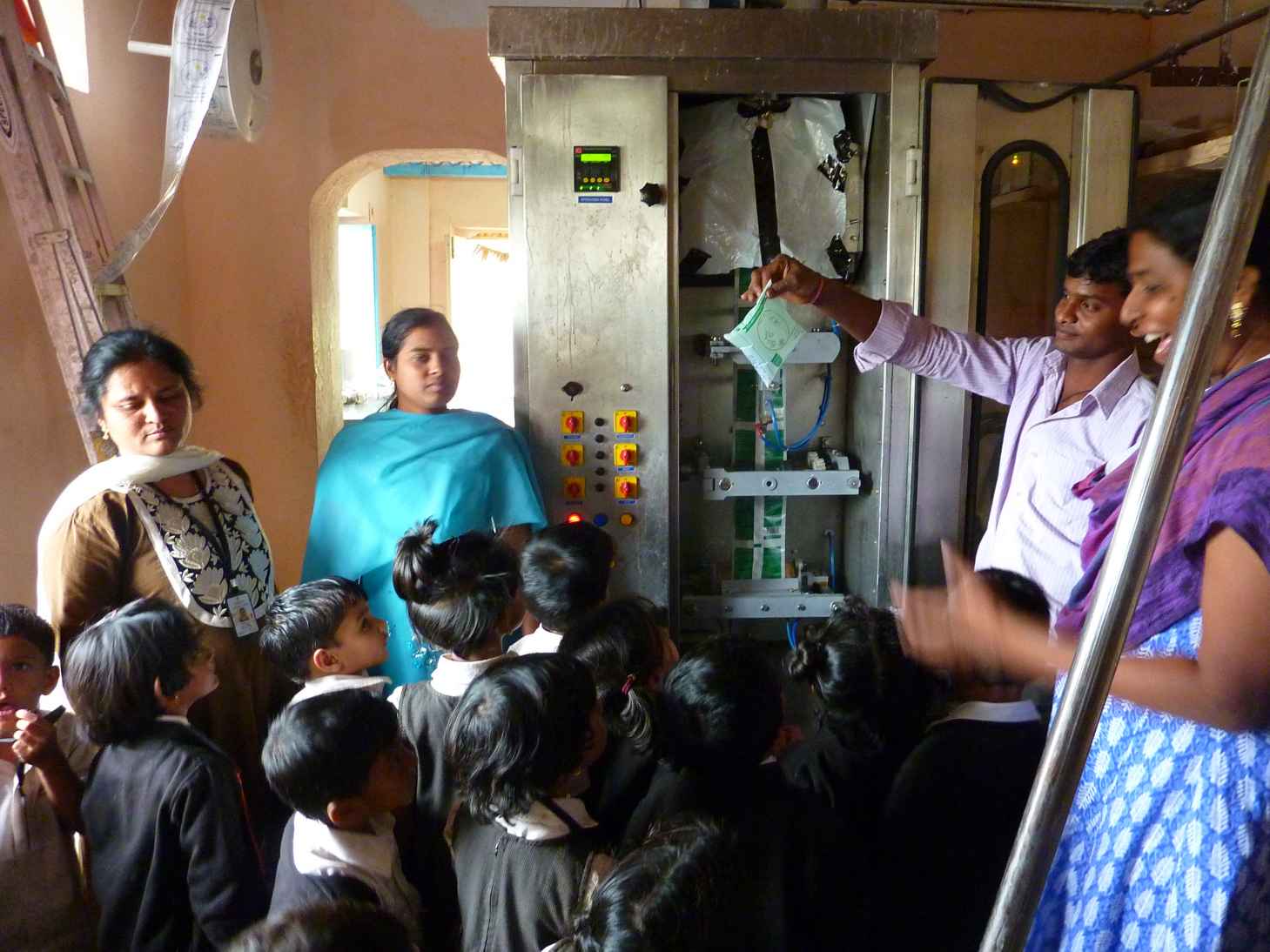
“Every day the milk that leaves the farm is tested on 26 different parameters,” says Kishore. Every 40 litres of milk goes through the taste and smell test while also being tested for urea, sugar, glucose and baking soda. Anything that can be externally added to milk is tested before it leaves the premises. Once this process is completed, the milk is also tested for antibiotics—which can be found in the milk—for cases when the cow is injected with any kind of medication.
“Under normal circumstances, milk that contains any sort of antibiotics should not be consumed by humans. However, that is not practised,” he says. The key to maintaining the quality is to test as much as possible. Kishore also mentions that with time, the company has got better at testing as well. A testing strip that the company used early on would cost close to Rs 4,000 a strip and with the volume of milk increasing, the team came up with an in-house testing solution.
“This is where my IIT degree came in handy,” he says. With the help of various Food Safety and Standards Authority of India (FSSAI) manuals on milk testing, the company was able to cut down significantly on the cost it involved.
While Sid’s Farm is a success today, Kishore recollects moments where he did everything he could to keep things afloat. “From coaching students for their Graduate Record Examination (GRE) exams to shedding my ego and stepping out to deliver milk to the customers myself, these are important life lessons that I could not have learnt at any college or business school,” he says.
His parting advice to budding entrepreneurs is, “Always own up to your mistakes and shed the ego rather early on in your entrepreneurial journey.”
(Edited by Yoshita Rao)
If you found our stories insightful, informative, or even just enjoyable, we invite you to consider making a voluntary payment to support the work we do at The Better India. Your contribution helps us continue producing quality content that educates, inspires, and drives positive change.
Choose one of the payment options below for your contribution-
By paying for the stories you value, you directly contribute to sustaining our efforts focused on making a difference in the world. Together, let’s ensure that impactful stories continue to be told and shared, enriching lives and communities alike.
Thank you for your support. Here are some frequently asked questions you might find helpful to know why you are contributing?


This story made me
-
97
-
121
-
89
-
167













